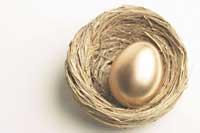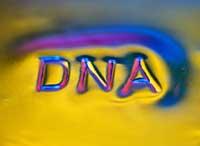Patents. Opportunities and limitations

As is normal, this type of limitation becomes incomprehensible to those who may be receiving a treatment. The sentence would be clear: the behavior of the patent owner is not ethical. On the other side of the coin is the legitimacy to patent inventions. And it is legitimate to want to take advantage of the work done and the money spent on that work.
There are national and transnational patent regulation and intellectual property rights bodies, specifying what can be produced and how, what exemptions exist, etc. However, the subject is complicated and complex and it is not easy to say it in black or white. In addition, as in the case of the Nautical School, when the health of people is among them, the debate takes on a dramatic tone.
Numerous alarms have emerged in these patent accounts with the development of biotechnology. An illustrative example is human genes. The human body and elements of the human body, including genes, cannot be patented as such. However, elements isolated from the human body or obtained through a technical process, including genes, are also patentable. When applying for the patent, it is also necessary to specify the industrial application of this genetic sequence, that is, only the discovery is insufficient to patent it.

According to this rule, I can sell that I have found gene A with technique B and that I will use it for application C, and another person can patent that the same gene has been found with technique D. But that other can't use technique B to get gene A or app C without paying me. It is certainly complicated, but the consequences are easier to understand. For example, in 2001 the European Patent Office granted the company Myriad Genetics several patents on two genes considered to cause breast cancer, limiting others the possibility of testing for cancer from these genes. However, the Curie Institute in Paris opposed the courts and has largely managed to reverse the European Patent Office. The fight remains unfinished, as Myriad Genomics holds one of its patents, but the sentences have been favorable to date.
Such trials are not few and will likely increase in the future. In fact, 20% of human genes are patented (two-thirds in the hands of private companies), while of the 291 cancer-related genes, 131 are patented. However, in the U.S. Supreme Court there was a hearing that a few days ago can give much to talk about. As in the case of the human body, the laws of nature or natural phenomena cannot be patented; the patentable process is based on them and uses them, but the border between them is not evident. Hence the judgment. The Supreme Court should decide on a method to detect the absence of vitamin B from the measure of the level of a compound in blood. One party argues that the relationship between the level of this compound and vitamin B is a natural law, so there can be no patents on it. He has lost the judgments so far, but if the Supreme gives him reason, the sentence will lift dust.
Published in Berria
Buletina
Bidali zure helbide elektronikoa eta jaso asteroko buletina zure sarrera-ontzian











